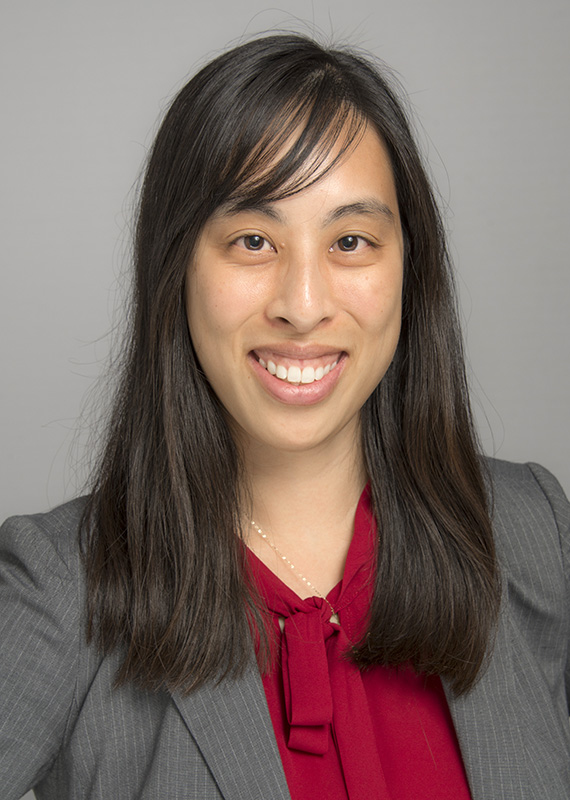Immunoengineering
(I-329) Modeling the Immune Processes of Atherosclerosis in a Tissue Engineered Blood Vessel

Mai T. Lam
Associate Professor
Wayne State University, College of Engineering
Detroit, Michigan, United States- JL
Julian T. Lee, MD
PhD Student
Wayne State University
Detroit, Michigan, United States
Presenting Author(s)
Co-Author(s)
Cardiovascular disease (CVD) remains the leading cause of death in the U.S. Atherosclerosis is the primary condition affecting CVD patients, with an unchanged standard-of-care for decades. Treatments offer limited effectiveness and have not significantly affected disease prevalence, morbidity and mortality. Better understanding of the initiation steps of atherosclerosis would allow for more effective, targeted therapeutics. Current models center around mouse models that do not accurately represent human pathology. The hallmark of atherosclerosis is the immune process that is initiated by the inundation of low-density lipoprotein (LDL) molecules largely from diet. Here, we present findings on utility of a tissue engineered blood vessel in which early atherosclerosis immune processes were reproduced to create a disease model. The pathological steps of early atherosclerosis involve LDL uptake, LDL oxidation, endothelial dysfunction and signaling to recruit macrophages for LDL engulfment.
Materials and Methods::
Tissue engineered blood vessels were built using our laboratory’s technique of constructing vascular tissue rings then stacking the rings into a tubular structure to form the final vessel. For the atherosclerosis model, the engineered vessel was constructed of the tunica media fabricated from human aortic smooth muscle cells (HASMCs) and the tunica intima comprised of human aortic endothelial cells (HAECs). The media layer was constructed by seeding HASMCs into a 35mm plate with a central post added. The cell monolayer formed and detached from the bottom of the plate, then aggregates around the post to form a ring. The SMC rings were stacked into a vessel and the lumen seeded with ECs to form the intima. Oxidized low-density-lipoproteins (oxLDLs) were introduced into the vessel lumen at 80, 100, and 120 ng/mL concentrations over a 1-week period to determine optimal LDL concentration for uptake into the engineered vessel wall. Subsequently, monocytes were added to the system to replicate the immune pathology. Monocyte differentiation to the macrophage phenotype was investigated as a means to detect EC activation and signaling. Macrophage engulfment of the oxLDLs was analyzed. Histological stains of H&E and Oil Red O were performed to detect lipid uptake by the vessel wall and macrophages. Immunofluorescence staining to adipocyte antibodies and endothelial dysfunction markers was performed.
Results, Conclusions, and Discussions::
The engineered vessels were able to successfully uptake oxLDL particles. Monocyte introduction did not affect the degree of oxLDL uptake. Monocytes were able to differentiate to macrophages in the atherosclerotic-like environment. Macrophage phenotype (e.g. M1 to M2) continues to be characterized. Histology showed oxLDL presence in the vessel walls. EC dysfunction markers of E-selectin and endothelial cell specific molecule-1 were detected. This pilot study shows that early atherosclerosis pathology can be replicated in a tissue engineered model to represent the pathogenesis of the disease state.
This in vitro model has advantages over current animal models in that it utilizes human vascular cells with the goal to better represent human pathology. The model is able to be modulated to represent specific aspects of the disease for targeted study, in this case, targeted to represent the immune processes component. Additionally, a macroscopic tissue engineered model provides higher resolution of the intricate steps of atherosclerosis for easier study. Further development and characterization of this tissue engineered model of atherosclerosis will provide a novel tool for new therapy discovery.
Acknowledgements (Optional): :
References (Optional): :
